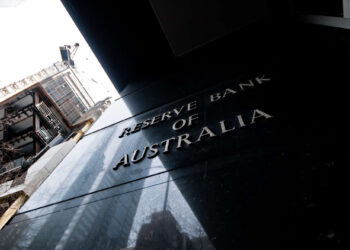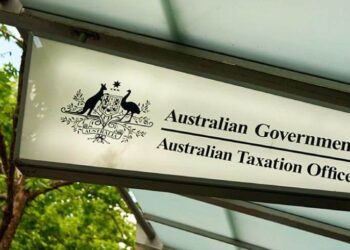With the Goldman Sachs’ S&P 500 long-term outlook occupying headlines over recent days, an Aussie economist has weighed in, noting that, while difficult to time, the US market is poised for a downturn.
The investment bank has predicted that the S&P 500 will generate a 3 per cent annualised nominal total return through 2034, after it posted an annualised total return of 13 per cent over the preceding decade.
Goldman Sachs’ reasoning is that the US market is extremely highly concentrated – nearing its highest level of concentration in 100 years – a feature the investment bank said has historically been associated with greater forward realised volatility.
“The current extremely high level of market concentration is one of the main drags on our return forecast,” its analysts said. “If our model were to exclude this variable, our baseline return forecast would be roughly 4 pp higher (7 per cent rather than 3 per cent).”
Moreover, the investment bank cited the rise of “superstar” firms with economies of scale, such as today’s mega-cap tech stocks, which has led to the S&P 500 index trading at a significantly elevated P/E multiple.
Speaking to Super Review, AMP’s chief economist Shane Oliver said he broadly agrees with the Goldman Sachs analysis, but he expects gains of around 4–5 per cent over the 10-year period.
“I agree there is certainly a risk there,” Oliver said. “You can’t ignore that so much of the market is concentrated in a handful of stocks,” but opined that valuation concerns regarding the US market are not new.
“We’ve been talking about high concentration of the US sharemarket for a long time.”
Oliver believes that investors need to be alert to the possibility that something will come along to knock the US market off its perch. This again, he said, is not a novelty.
“They’re [Goldman Sachs] just saying, ‘Well, over the next decade, the potential for the US sharemarket was a lot less than it has been over the last decade.’ That’s what they’re saying, and I tend to agree with that,” Oliver said.
“And if investors are actively managing their portfolios and thinking over a 10-year horizon, there is a case to lower the exposure to the US, because it does seem difficult to see The Magnificent Seven continuing to do as well as they have.”
Ultimately, Oliver agrees that returns will be much lower than they have been, but, in his opinion, the Goldman Sachs forecast is nothing more than “useful information”. He said that trying to time a possible downturn is “difficult”.
“I think it’s giving us useful information on a 10-year view – expect lower returns in the US,” Oliver said.
“Consider greater exposure to other markets, including our market. But it will be hard to time that, and you can’t rule out the possibility that, at some point in time, the US has a fairly significant correction.”
In its analysis, Goldman Sachs acknowledged that its 3 per cent annualised 10-year return forecast is well below the consensus average of 6 per cent.
The investment bank also highlighted the “large amount of uncertainty” inherent in forecasting the future and pointed to several risks to its forecast. Among these risks is the possibility that short- and long-term rates will again fall to historically low levels, which would create upside valuation risk.
Moreover, Goldman Sachs said if faster-growing and more profitable companies enter and remain in the index during the next decade, “returns would be boosted as the index would benefit from an improvement in its overall growth and profitability profile”.
Other risks to the forecast include a large increase in labour productivity over the forecast period, which would, in turn, boost earnings and total returns, as well as a new generation of investors with new risk tolerance profiles.
No panic for instos
Reflecting on how the S&P 500’s potential lacklustre performance over the next decade could impact Australia, Oliver said local institutional investors will refrain from acting “precipitously”.
Namely, while Oliver expects instos like superannuation funds to take this forecast into consideration, alongside multiple other forecasts including their own projections, he doesn’t expect them to act hastily.
“As I have through my career, I’ve seen several times that people have come out and said these sorts of things, and the market just keeps going. And of course, down the track, it suddenly gets proven right, but the adjustment comes all at once with a big fall in the market,” Oliver said.
“Just trying to time that is going to be hard. It doesn’t mean that the average return every year for the next 10 years is going to be 3 per cent. That’s extremely unlikely you’re going to get anything like that. What they’re saying is the average over the next 10 years will be around 3 per cent.”
Oliver said that if the US tech space continues to evolve in a favourable fashion, then market gains could continue for a while longer.
“That’s why there is a danger in reacting precipitously to such forecasts,” Oliver said.




